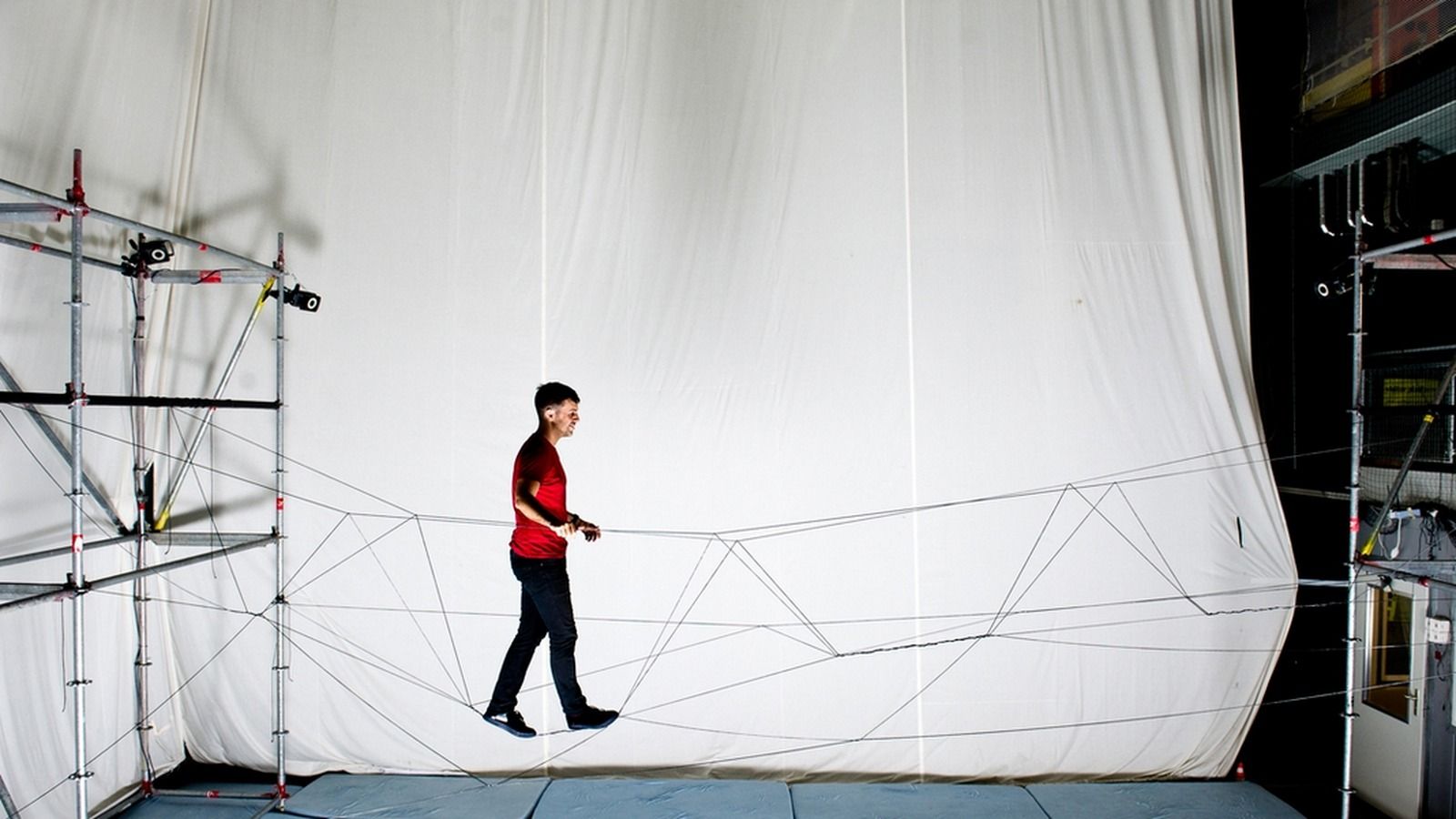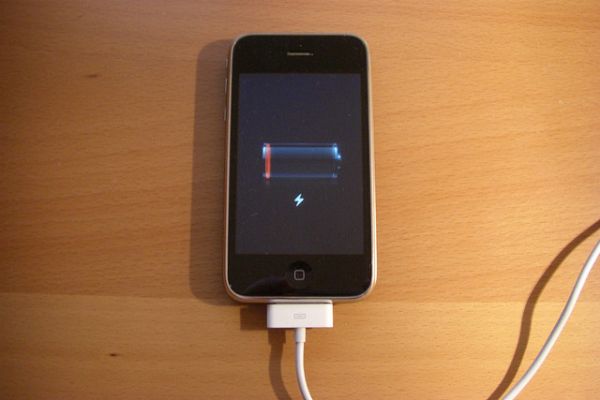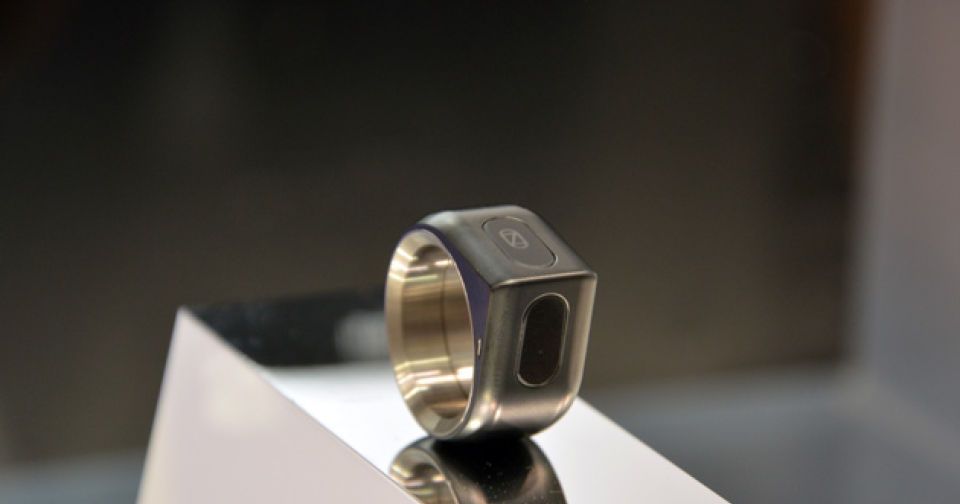Sep 22, 2015
Watch two drones build a bridge strong enough for humans
Posted by Shailesh Prasad in categories: drones, information science
Two quadrocopters construct a rope bridge strong enough to carry the weight of a human in the hypnotic video (above), uploaded to YouTube this week by researcher Federico Augugliaro. The impressive feat wasn’t a one-person operation. It’s the latest accomplishment from many researches and contributors at the Institute for Dynamic Systems and Control and Gramazio Kohler Research, and incorporates lessons learned from other tests at the Flying Machine Arena in Zurich, Switzerland.
The 10-by-10-by-10-meter portable space doubles as the setting of the footage and the lab in which many of the researchers, including Augugliaro, perform drone experiments and exercises. According to the Flying Machine Arena’s website, the room “consists of a high-precision motion capture system, a wireless communication network, and custom software executing sophisticated algorithms for estimation and control.”
Continue reading “Watch two drones build a bridge strong enough for humans” »
















